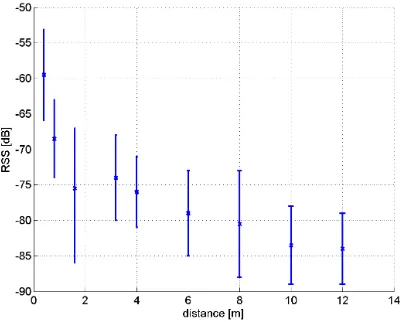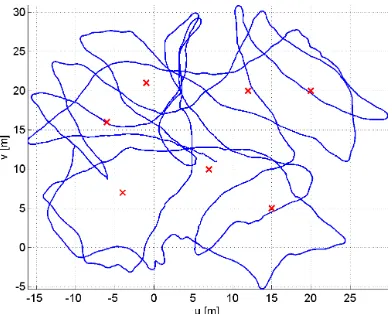isprsarchives XL 1 W4 219 2015
Teks penuh
Gambar




Garis besar
Dokumen terkait
The use of points from photogrammetric method with those selected from the scanner point cloud allows the study of the coffers' general distribution.. 2.2
3D Virtual Reconstruction and Visualization of Complex Architectures, 25-27 February 2015, Avila, Spain.. In order to assure the verticality we use a bubble level tied to
We have demonstrated how to integrate mobile technologies in- side a historical discourse based on a interpretation of hidden ar- chaeological vestiges. For most people, the use
The results of the presented experiment validate the water delineation from SAR imagery using ortho-image mosaic generated from the sUAS images.. The red rectangle in Figure 8
The resulted orthomosaic from the collected aerial RGB images and the calculated GRVI index on the detected canopy are shown in Figure 2.. The resulted DSM from the aerial dataset
Beside the direct georeferencing, also the precise time synchronization of the camera, which acts as the main sensor for mobile mapping applications, and the calibration of the
Figure 3 shows the one-sigma accuracy estimates for the control points used to compare the LiDAR data to the point cloud generated by the UAV
Based on analysis of erroneous observations it can be concluded that the lack of tie points on images taken in the poor weather conditions was caused by